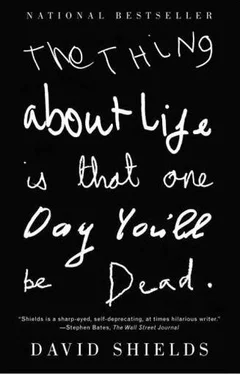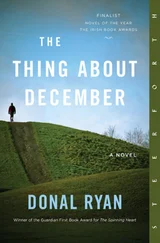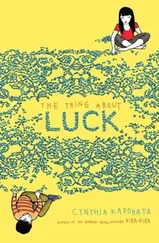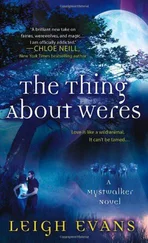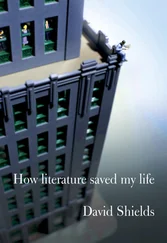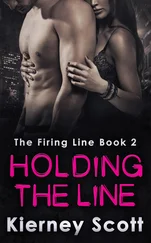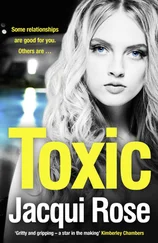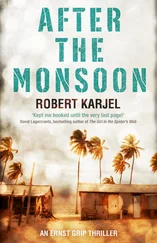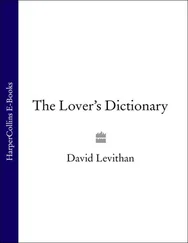Cormac McCarthy: “Death is the major issue in the world. For you, for me, for all of us. It just is. To not be able to talk about it is very odd.”
Charles de Gaulle said, “The cemeteries of the world are full of indispensable men”—one of my father’s very favorite quotations, and mine as well. It’s consolation, of a sort: everybody tries, no one wins, everybody dies.
Propertius said, “Among the dead are thousands of beautiful women.”
Juvenal: “Weigh the dust of Alexander the Great and the village drunkard, and they’ll weigh the same.”
Schopenhauer: “We are all lambs led to slaughter.”
At 51, Tchaikovsky said, “I am aging fast, I am tired of life, I thirst for quietness and a rest from all these vanities, emotions, disappointments, etc. etc. It is natural for an old man to think of a prospective dirty hole called a grave.”
Freud said, “What lives, wants to die again. Originating in dust, it wants to be dust again. Not only the life-drive is in them, but the death-drive as well.”
In 44 B.C., Cicero said, “No one is so old that he does not think he could live another year” he died in 43 B.C. On his deathbed, William Saroyan said, “Everybody has got to die, but I always believed an exception would be made in my case.” Edward Young wrote, “All men think all men mortal but themselves.” The ancient Indian epic Maha-bha-rata asks, “Of all the world’s wonders, which is the most wonderful? That no man, though he sees others dying all around him, believes that he himself will die.”
My father’s column for the condo tennis club newsletter about his heart attack, at 86:
I was doing what I had done on Memorial Day since memory runneth not to the contrary: playing tennis. It was a picture-postcard perfect day. The temperature was a comfortable 75, with a light breeze. I felt like a tiger. Just another lousy day in paradise.
My partner, George Tripodes, and I were playing a match against old friends and rivals Jim Black and Harry Langdon. We won the first set—barely squeaked through at 10–8 and were leading in the second set, 4–3. It was my turn to serve. I quickly jumped into a 40–love lead. I walked from the deuce court to the add court, where I hoped to make it 5–3, when I suddenly felt like an elephant had placed a huge foot on my chest (a standard description, I know, but that’s exactly how it felt to me). I paused for a few seconds, saying to myself, “Now what was that ?” It was like nothing I had experienced in my 86 years on planet Earth. It was, as I was about to learn about an hour later, a heart attack—a relatively mild one, true, but still a full-fledged heart attack.
I wasn’t going to let a little old heart attack prevent me from winning my serve or finishing the set. George walked over to me as I was getting ready to serve and asked if I felt okay. “You look a little pale, Milt,” he said.
“No problem,” I assured him, adding that I wanted him to cover the right hand alley because I was planning—heart attack notwithstanding—to serve the ball into the extreme right corner of my opponent’s court.
And that’s exactly what I did, drawing a feeble response in return, and sending us into a 5–3 lead, one game away from winning the set and match. Our opponents made it 5–4 and now it was George’s serve. We had a tough time winning the sixth and final game; we finally managed it after a couple of long rallies. I wasn’t much help to my partner in that final game but never let on for a moment that I was feeling “a little strange.”
When the set ended, I didn’t bother to shake hands with Jim and Harry. I grabbed my tennis bag and windbreaker and walked back to my building, about 100 yards from the courts. I walked back slowly but somehow managed to make it to my apartment, throwing some cold water on my face, then knocking on the door of my neighbor, Mary Steiner, a retired registered nurse. Mary took my pulse, checked my heartbeat, and immediately called 911.
“You’ve had a heart attack, Milt,” she said very professionally, leaving no room for doubt.
Twenty minutes later I was in an ambulance en route to Peninsula Hospital, where doctors quickly confirmed Mary’s diagnosis. I was immediately anesthetized and given an angioplasty—the “balloon” treatment—opening up one of my arteries, which had clogged.
I awoke about two hours later, feeling—believe it or not—absolutely wonderful: a huge load had been lifted from the side of my chest.
The cardiologist, Dr. George Cohen, came by later that afternoon to explain what I had been through and what he had done—the angioplasty—to relieve the pressure. Dr. Cohen asked me, “Is it true that you continued to play another ten minutes after that first big bump? How in hell did you ever manage to do that?”
“I don’t know, Doc,” I said. “I just had to finish the set and match. Those two guys we were playing had beaten us too many times before and I had to try to balance the books when I had the chance.”
“You’re something else,” said Dr. Cohen.
Two days later I was sent home and three weeks later I was back on the courts, just a little worse for my Memorial Day ordeal.
Tennis, anyone?
Death Is the Mother of Beauty
Neither my father nor I could sleep. We finally figured out how to work the remote for his new TV—a present from my sister and me on his 95th birthday. At 2:00 A.M.:
On channel 2, a movie detective revisited the murder scene.
On channel 4, Retin-A entrapped tretinoin in Microsponge systems.
On channel 7, college girls on vacation in Cancun removed their T-shirts.
On channel 8, the Civil War was reenacted.
On channel 10, Bobby Abreu won the Home Run Derby.
On channel 11, Double D Dolls mud-wrestled.
On channel 12, a university lecturer explained gravity.
On channel 13, the Faith, Health & Prosperity bracelet glittered in the light.
On channel 17, a woman did leg raises.
On channel 20, taffy and ice cream production facilities were profiled.
On channel 22, fat-free desserts tasted as good as regular desserts.
On channel 24, 79 people died in a plane crash; an infant was the lone survivor.
On channel 29, Hercules tossed an enormous boulder.
On channel 30, Miss Teen USA was crowned.
On channel 33, you developed smart abs in just two minutes a day.
On channel 36, Dr. Ellen’s Light His Fire and Light Her Fire programs helped your marriage by increasing your energy.
On channel 38, a woman whose teenage daughter died in a car crash found solace in God’s love.
On channel 41, a murder victim’s body was autopsied.
On channel 42, the CrossBow system offered compound resistance.
On channel 47, Aquafresh toothpaste removed stains.
On channel 49, the Cancer Treatment Centers of America helped you harness your power to fight cancer and win.
On channel 55, two buxom blonde women explained to a thin, balding man why size matters.
On channel 59, the Slim in 6 fitness program helped you lose 20 pounds in 6 weeks.
On channel 63, the Ultimate Chopper was the ultimate time saver.
On channel 64, the Esteem by Naomi Judd System reduced wrinkles, lines, and blotchiness.
On channel 72, the Arthur Ashe Award was given to a terminally ill coach who advised the audience to never give up.
On channel 77, a woman was penetrated from behind by one man while she performed fellatio on another man.
On channel 80, the Youth Cocktail gave you sharper, clearer memory and more flexible joints.
On channel 84, two behemoths competed to pull an enormous ball-and-chain across the finish line.
On channel 85, a suicide bomber killed himself, two civilians, and two U.S. soldiers in Ramadi.
Читать дальше
